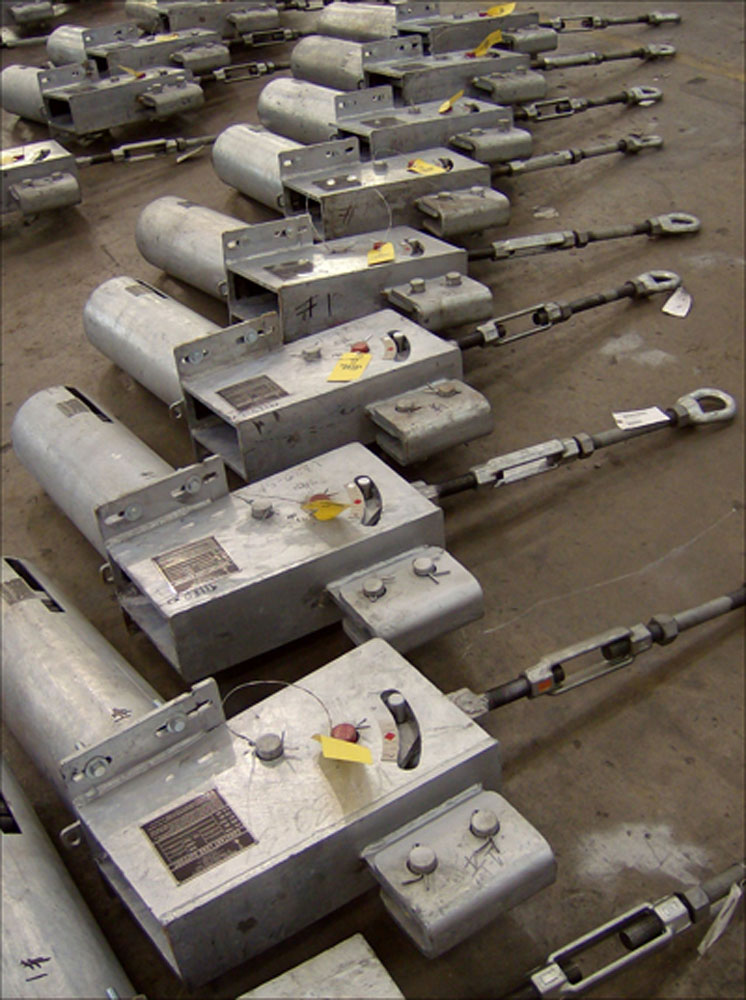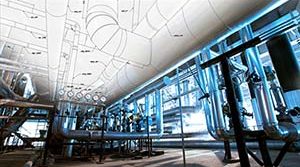August 17, 1996
One of the “success stories” of Houston businesses during 1996 is Continental Airlines. In their March 1996 magazine Chairman Gordon Bethune credited Continental’s customers in an article titled Thanks for your Ideas. This article struck a cord with our President, Durga Agrawal, and we began to review the many ideas for improvement at Piping Technology that came from our customers. Here are some examples of ideas for improvements which help make us so competitive.
The most recent suggestion came from an engineer at Tippet & Gee for an improvement to figures 700 through 1200, pipe shoes with slide plates. If the web is cut so that the center of the web is taken up to the surface of the pipe, any bending movement produced by overloading which might cause deflection to the slide plate will be prevented. This is a simple but elegant solution which is inexpensive to fabricate.
Some improvements to our constants suggested by customers include: a full size travel scale which allows field engineers to observe actual movement of supported pipes in the field (Bechtel engineer working with Houston Lighting & Power); addition of scales for field adjustment of loads (HL&P engineer); the use of DU bearings to hold stainless steel pins eliminating any failure of this component during the life of the constant and eliminating any need of lubrication of the bearing (Brown & Root engineer).
For many years the fine companies who provide us with galvanizing services have experienced problems with the many small pieces we send to them. (They get lost in the bottom of the vats required for large structural steel.) A customer suggested we combine small parts in some way. This lead to the idea of drilling holes and wiring many small pieces together. While adding some cost to the process, this has significantly reduced the number of parts “lost at the galvanizer” and has improved our ability to deliver on time. Like Continental, we here at PT&P say, “Thanks for your ideas!”




